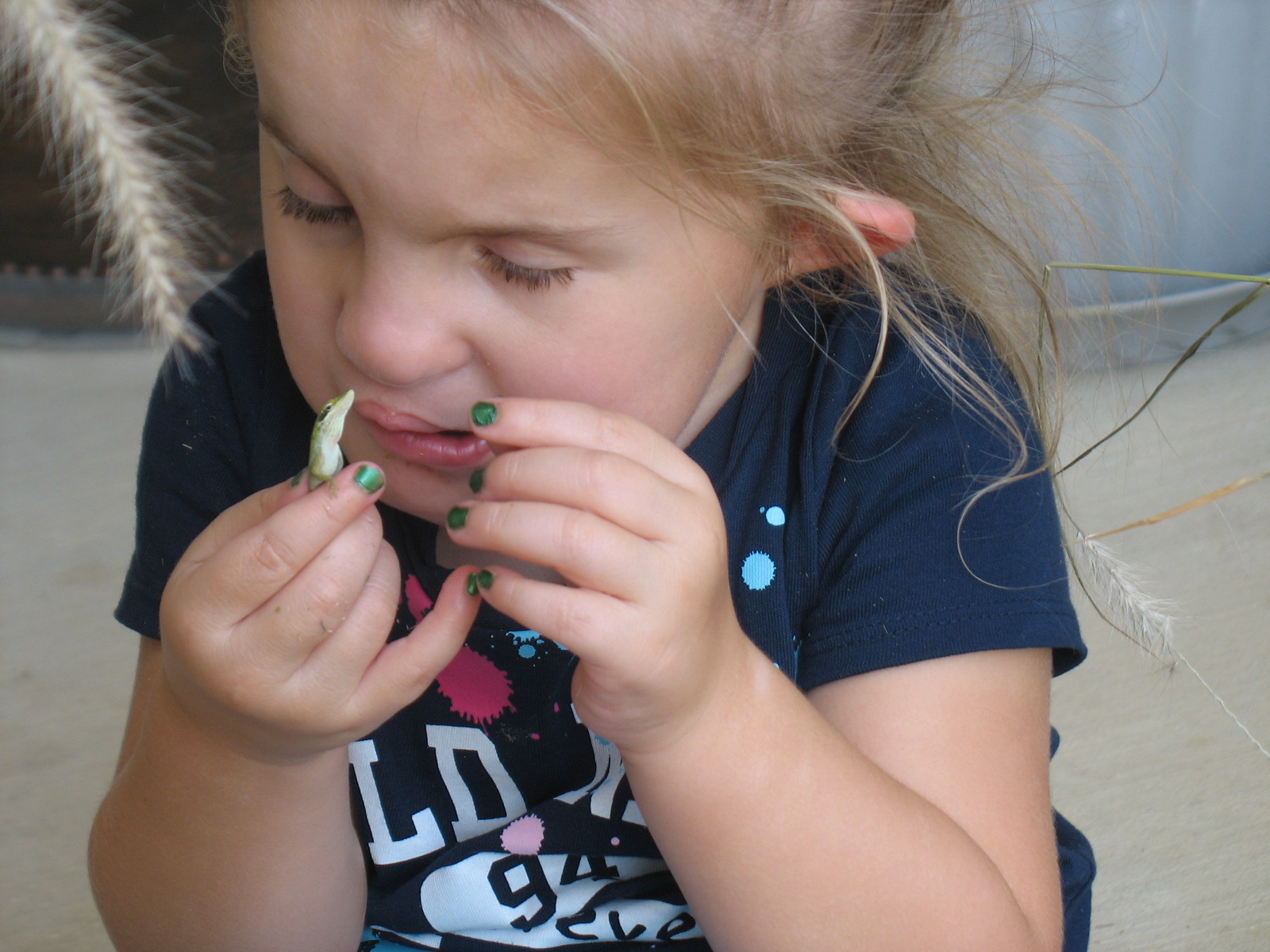Sensory Assessment

Conducting a high-quality assessment of a child’s sensory status is the foundation for determining the devices, accommodations, and services that will help maximize the use of any available hearing and vision, as well as promote the use of other senses, such as touch.
Sensory assessment involves both formal and informal assessments. Formal assessments are tests done by specialists, such as ophthalmologists and audiologists, who measure how well and in what ways a person sees and hears. Informal assessments are typically observations of the child in his or her environment and daily routines by early intervention staff, teachers, and the family.
Together, the information collected by formal and informal assessment helps create a clearer picture of a child’s specific sensory losses, abilities, and needs.
Introductory Resources
Learn More
Informal Functional Hearing Evaluation (IFHE)
Functional Auditory Performance Indicators (FAPI)
Functional Assessment of Sensory Status of Children who are Deafblind
Hearing Issues for Students with Deafblindness: Functional Hearing Evaluation (Webinar)
A Tool for Identifying Vision and Hearing Loss in Children with Multiple Disabilities
Visual Fields (Perkins Webcast)
Offline Resource
Book chapter: Chen, D., & Downing, J. E. (2006). Assessing tactile skills and planning interventions. In, Tactile strategies for children who have visual impairments and multiple disabilities: promoting communication and learning skills (pp. 45-72). AFB Press.
KEEP EXPLORING